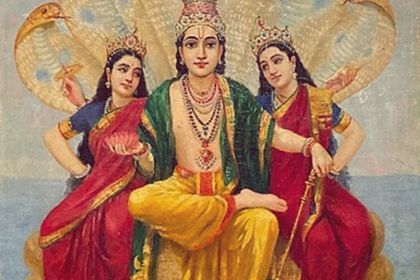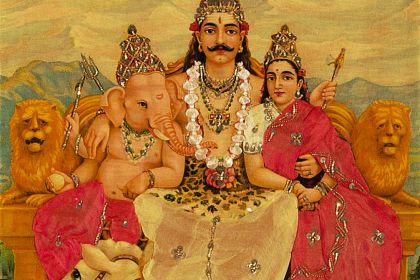MEDITATION
Aham Prema: meaning behind the modern yoga chant

Dal Lake in Srinagar
Aham Prema is one of the essential mantras recommended for daily practice by many modern yoga schools. Surprisingly, the spiritual chant invoking Aham is predominantly used by Western practitioners, while on the Indian subcontinent itself you are unlikely to hear it either in temples or at street events.
The term Aham—which means 'I' or 'myself' in Sanskrit—is found in Kashmir Shaivism as a concept defined as the supreme heart, transcendent Self, or infinite consciousness. It is believed that Aham refers to the space of Shiva's heart that gives birth to energy flows and organizes the world.
In Sanskrit, the word 'Prema' means 'love of Godhead' or 'ecstatic love,' which gives grounds for interpreting the Aham Prema mantra as 'I am divine love.' This mantra (like many other spiritual chants) is recommended to be recited 108 times per day—a sacred number in Hinduism and Buddhism.
Listen to Aham Prema by Deva Premal:
Note that Deva Premal's Aham Prema rendition is not infused with Indian classical harmony but uses Western songwriting canons. The mantra is accompanied by the simple two-chord riff composed in the key of E major E–A–E or I–IV–I.
In music theory, the essential IV–I musical turnaround is referred to as the plagal cadence which is widely used by both classical composers and popular songwriters.



